Since scipy 1.5.0, scipy.stats.kstest performs two-sample Kolmogorov-Smirnov test, if the second argument passed to it is an array-like (numpy array, Python list, pandas Series etc.); in other words, OP's code produces the expected result. This is because internally, if a distribution in scipy.stats can be parsed from the input, ks_1samp is called and ks_2samp is called otherwise. So kstest encompasses both.
import numpy as np
from scipy import stats
x = np.random.normal(0, 1, 1000)
z = np.random.normal(1.1, 0.9, 1000)
stats.kstest(x, stats.norm.cdf) == stats.ks_1samp(x, stats.norm.cdf) # True
stats.kstest(x, z) == stats.ks_2samp(x, z) # True
How to interpret the result?
Two-sample K-S test asks the question, how likely is it to see the two samples as provided if they were drawn from the same distribution. So the null hypothesis is that the samples are drawn from the same distribution.
A small p-value means we don't reject the null hypothesis. So in the following example, p-value is very small, which means we reject the null hypothesis and conclude that the two samples x and z are not drawn from the same distribution.
stats.kstest(x, z)
# KstestResult(statistic=0.445, pvalue=1.8083688851037378e-89, statistic_location=0.6493521689945357, statistic_sign=1)
Indeed, if we plot the empirical cumulative distributions of x and z, they very clearly do not overlap, which supports the results of the K-S test performed above.

On the other hand if the two samples were as follows (both drawn from a normal distribution with the same mean and very close standard deviation), the p-value of the K-S test is very large, so we cannot reject the null hypothesis that they are drawn from the same distribution.
x = np.random.normal(0, 1, 1000)
z = np.random.normal(0, 0.9, 1000)
stats.kstest(x, z)
# KstestResult(statistic=0.04, pvalue=0.4006338815832625, statistic_location=0.07673397024028321, statistic_sign=1)
Indeed, if we plot the empirical cumulative functions of these two samples, there's a great deal of overlap, which supports the conclusions from the K-S test.

Note that, not rejecting null does not mean we conclude that the two samples are drawn from the same distribution, it simply means we cannot reject the null given the two samples.
Code to produce the cumulative distribution plots:
import seaborn as sns
import pandas as pd
sns.ecdfplot(pd.DataFrame({'x': x, 'z': z}))

